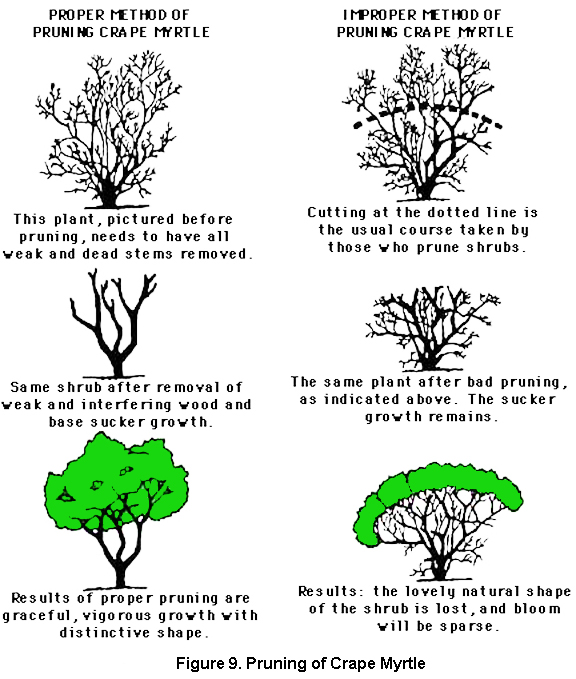Chapter 4: Pruning Guidelines
Anchor: #CHDIBFDCSection 1: Reasons for Pruning
Anchor: #i1002112Safety
Safety is always the first consideration in pruning and takes precedence over all other considerations. Pruning for safety includes:
- Anchor: #JUJMLAJJ
- maintaining required sight distances Anchor: #MGHQTAGN
- maintaining adequate clear zones on either side of and above the roadway Anchor: #RCIFUWVY
- removing low branches that may be hazardous to equipment operated on the right of way, such as mowers.
To Accommodate Utilities
Utility companies permitted to construct lines on the right of way are allowed to maintain them accordingly, including vegetation pruning. However, utility companies are required to follow the Texas Department of Transportation’s Pruning Guidelines and observe recognized tree surgery practices.
Anchor: #i1002147Health of the Vegetation
Dead or diseased branches should be removed to maintain the health of the vegetation.
Anchor: #i1002157Aesthetic Considerations
Pruning may be done to enhance the appearance of trees and ornamental plants, if it does not interfere with the health of the vegetation.
Anchor: #i1002167Tree-Specific Reasons
shows several tree-specific reasons for pruning, including:
- Anchor: #DHKQQHSP
- to remove suckers Anchor: #MJUGWNBY
- to remove branches that are too close together or branches with weak crotches Anchor: #DTSNTJWE
- to remove dead or broken branches (dead or broken branches on oak species can attract sap beetles that spread Oak Wilt fungus) Anchor: #OOHJEEDY
- to remove water sprouts and branches that
cross and rub one another.
Figure 4-1. Tree-specific reasons for pruning.
Figure 4-2. Proper and improper methods for pruning a crape myrtle.

